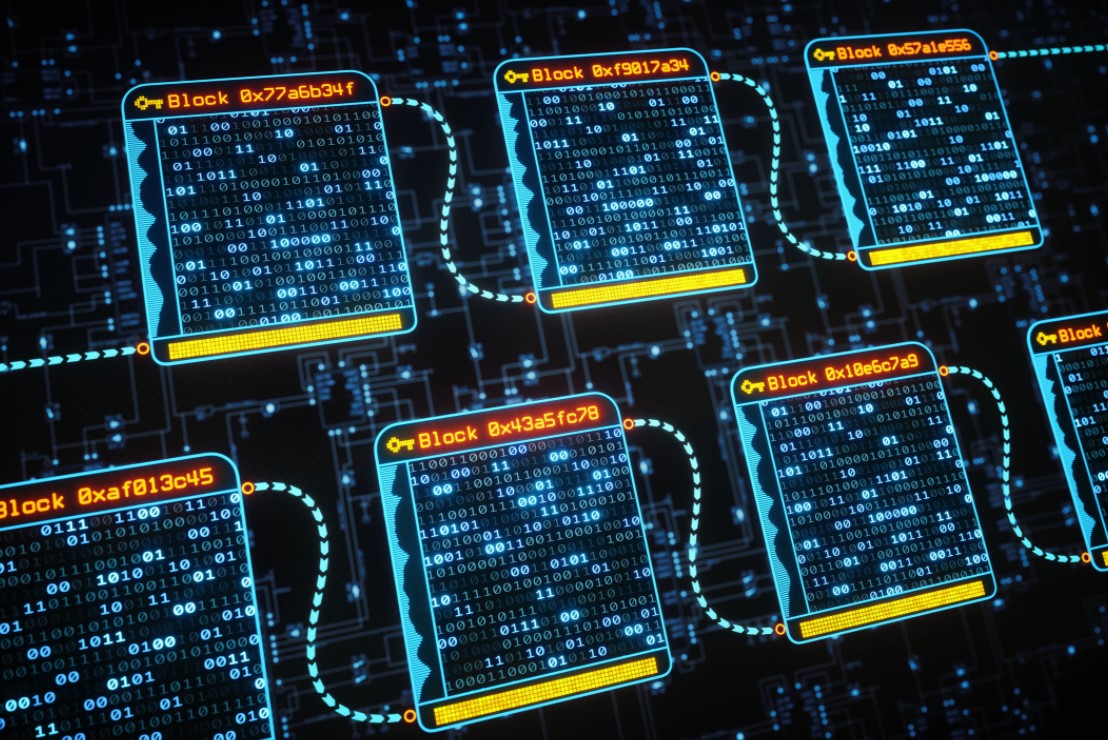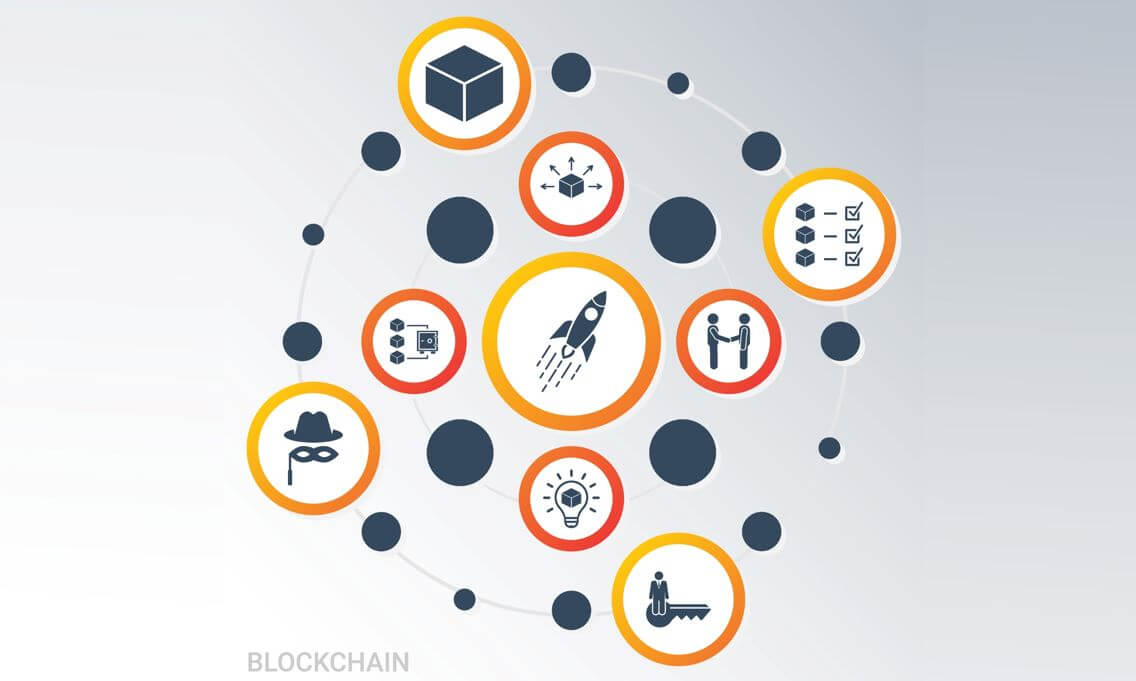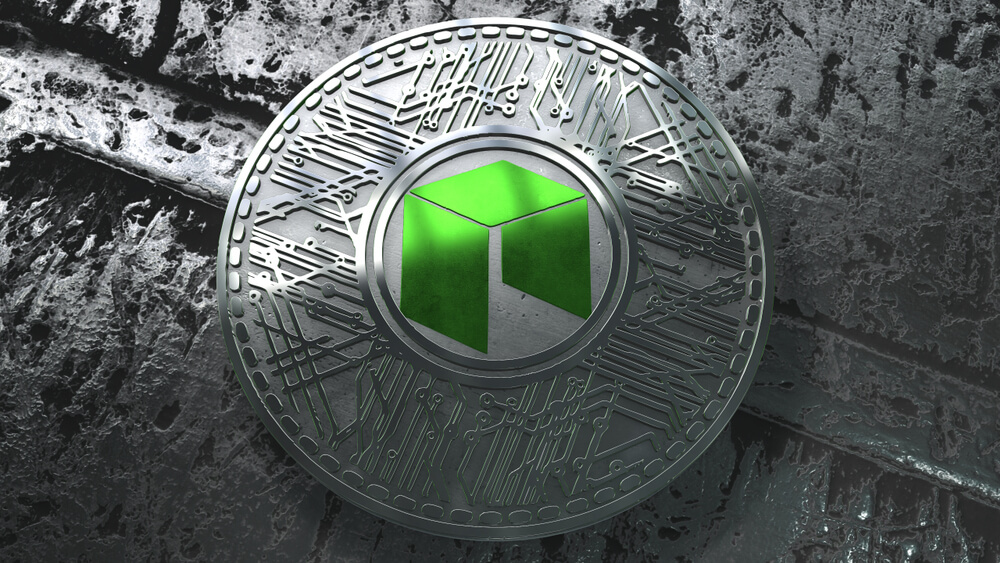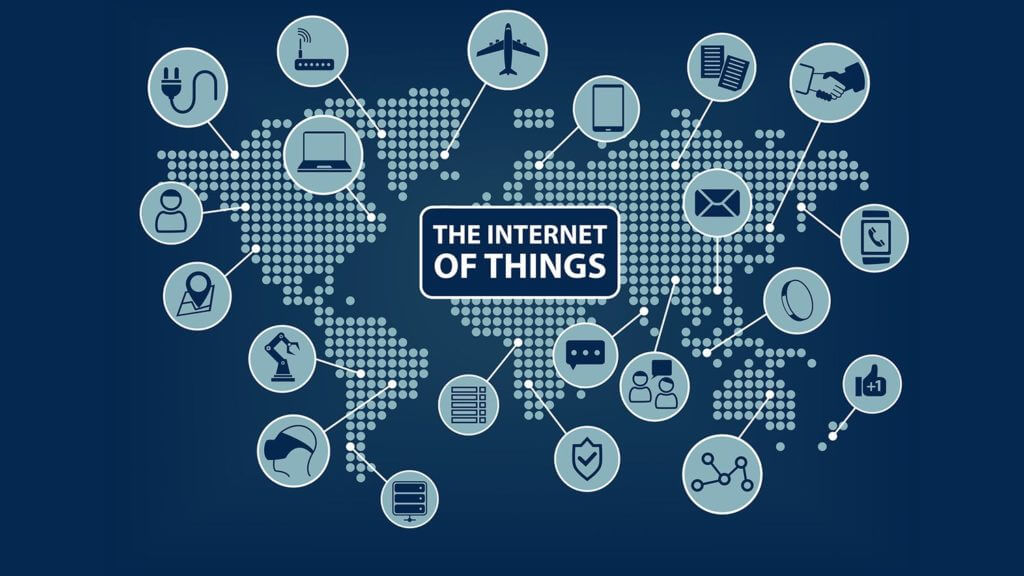Blockchain has important implications for marketing and advertising. But according to The CMO Survey, only 8% of firms rate the use of blockchain in marketing as moderately or very important.
Blockchain technology is not well understood and subject to a lot of hype. This combination creates a natural barrier to entry and has likely caused marketers to take a “wait and see” approach. However, there are many reasons to invest the time now to understand the technology and begin exploring specific marketing applications for your industry. Like digital platforms, social media, martech, fintech, and numerous other innovations, the spoils of blockchain may go to early adopters who commit to ruthless innovation.
Blockchain’s properties — transparency, immutability, and security — make it reliable and trustworthy for applications such as supply chain management, smart contracts, financial reporting, the Internet of Things, the management of private (e.g., medical) information, and, even, electrical grid management. Meanwhile, its transmission model reduces the costs of transactions, enables verification and efficient exchange of ownership, and opens the door to real-time micropayments. It may make it possible for payment frictions to shrink, intermediaries to fade away, and consumers to own and control their personal information. Here, we see the disruptive potential of blockchain on marketing.
The Marketing Impact of Near-Zero Transaction Costs
Today, financial transactions have considerable costs. Retailers routinely pay credit card companies 3% payment processing fees, while gas stations pay even more. Vendors using eBay and Shopify pay listing and sales fees, and consumers pay transaction fees on payment portals like PayPal. All of these fees increase the cost of goods and are typically passed on to consumers. With the pervasive use of credit cards and debit cards, many merchants have set minimum purchases for their use to avoid having their profitability destroyed by fees.
Blockchain technology allows for near-zero transaction costs—even on microtransactions. Financial corporations like Mastercard and Visa already offer the ability to send money in any local currency over a blockchain rather than by swiping a credit card, taking advantage of the technology’s additional layers of security and transparency. On top of that, being able to cut intermediaries and connect directly the banks of both ends of each transaction can avoid most cross-border fees.
There are implications for marketers and advertisers as well. Today, marketers often try to get access to customer data by paying third-parties (like Facebook) to share information. But blockchain could allow merchants to use micropayments to motivate consumers to share personal information — directly, without going through an intermediary. For example, a grocery store chain with a mobile app can pay users $1 for installing the app in their phones, plus an extra $1 if they allow it to enable location tracking. Every time they open the app and spend at least a minute on it, the retailer can pay them a few cents or loyalty points’ worth of store credit, up to a maximum per day. During that time, they push deals and special offers to the user. Indeed, user-tailored deals open a legitimate mechanism to deliver personalized prices that are a function of the consumer’s profile. This approach has the potential to reduce fraud and minimize inaccurate or incomplete information from customers that currently plague these programs.
THIS ARTICLE ALSO APPEARS IN:
In the same way, marketers can enable “smart contracts” (virtual agreements that remove the need for validation, review, or authentication by intermediaries) that users can activate when they subscribe to email newsletters or sign up for a rewards program. Micropayments are deposited directly to the users’ wallets whenever they interact with commercial emails — or with ads, which brings us to our next point.
Ending the Google-Facebook Advertising Duopoly
A similar model could be used with website ads by compensating consumers for each page view. In 2016, HubSpot published a research study showing that a majority of Internet users dislike most forms of pop-ups and mobile ads and see online advertisement as intrusive and negatively disruptive. An increasingly common response is to install ad blockers, a trend that is having a major punitive effect on the industry. By 2020, it is estimated that ad-blocking adoption will cost publishers $35 billion.
Blockchain-enabled technology potentially allows marketers to recapture some of that revenue with a different type of model: marketers pay consumers directly for their attention—and cut out the Google-Facebook layer.
We believe that the Google-Facebook duopoly in digital advertising will soon be threatened by blockchain technology. While keyword-based search will not disappear completely, it will become much less prominent. Eventually, individuals could control their own online profiles and social graphs.
With blockchain technology, companies can bypass today’s social media powerhouses by directly interacting with consumers and can share the reward of ad exposure directly with them. In 2016, Google is reported to have generated an average of $73 per active user via ads. Of course, the $73 is just an average of nearly one billion active users. It is reasonable to expect that Google brings in much more than $1,000 for certain highly-valued demographics. Imagine the marketing possibilities when companies can efficiently transfer these values to consumers via “willingly-consumed” advertising enabled via blockchain technology.
Blockchain technology can also verify ad delivery and consumer engagement; avoid ad or email overserving, which angers consumers and demotivates them from buying; and prevent follow-me ads that are no longer relevant (such as when consumers have already made a purchase of the company’s or competitor’s products).
Ending Marketing Fraud and Spam
Fraud verification via blockchain will also help verify the origin and methodology of marketers. Micropayments will also effectively destroy the current concept of mass phishing spam that dilutes the effectiveness of marketing for everyone.
Some 135 billion spam emails are sent every day, currently accounting for 48% of all emails sent. Spammers receive only one reply for every 12.5 million emails sent. A very small blockchain-enabled payment to the recipient of the email will discourage the spammer by increasing the cost of this activity. It should also help companies identify consumers who are interested in the transaction by their willingness to make this exchange.
Similarly, for the internet, every time a user clicks on a link, there could be a micropayment. In most cases, the user will make a small micropayment (for example, one cent to read a news article). This would defeat the denial of service attacks — a type of cyber-attack that involves recruiting bots to hit a website with millions of requests that cause the website to go down or to provide poor response time.
Blockchain could also make it difficult for bots to set up fake social media accounts, flood users with deceptive messages, and steal online advertising dollars from big brands. Online authenticity is literally baked into blockchain technology. One company that is tackling the problem of social media fraud is Keybase.io, which enables individuals to use blockchain to demonstrate that they are the rightful owners of their various social media accounts. This will make the impact of marketing easier to track and marketing expenditures easier to justify — both are big wins for the profession.
As of 2016, $7.6B (or 56% of total display ad dollars) were lost to fraudulent or deceptive activity, a number that is expected to grow to $10.9B in the next years. By using blockchain technology to track their ads, marketing teams can retain control over all their automation practices, ensure that marketing spend is focused on ROI-generating activities, and directly measure the impact of marketing down to a per-user, per-mail metric. By tying user behavior and micropayments together, blockchain could solve the attribution problem that has bedeviled marketers for decades.




























